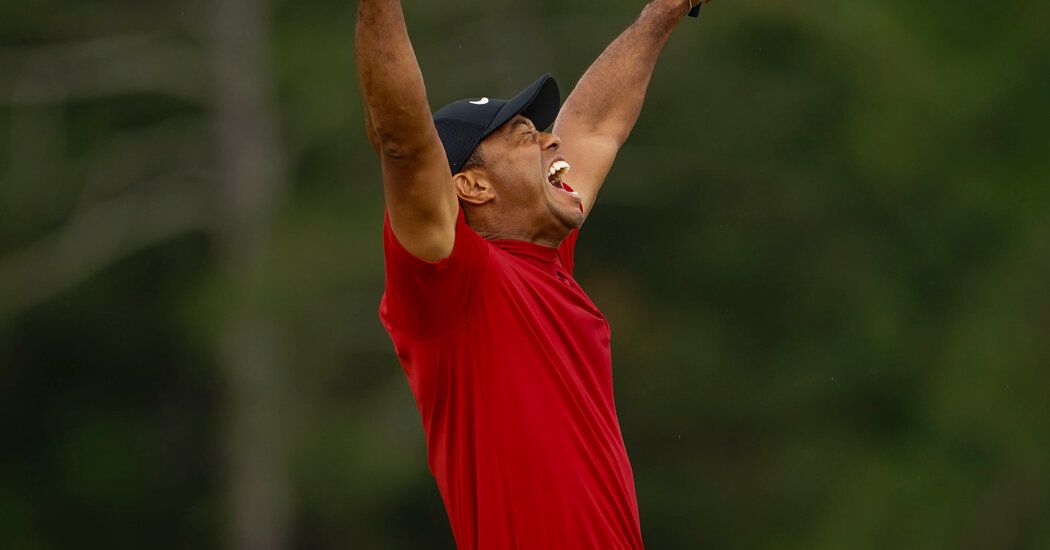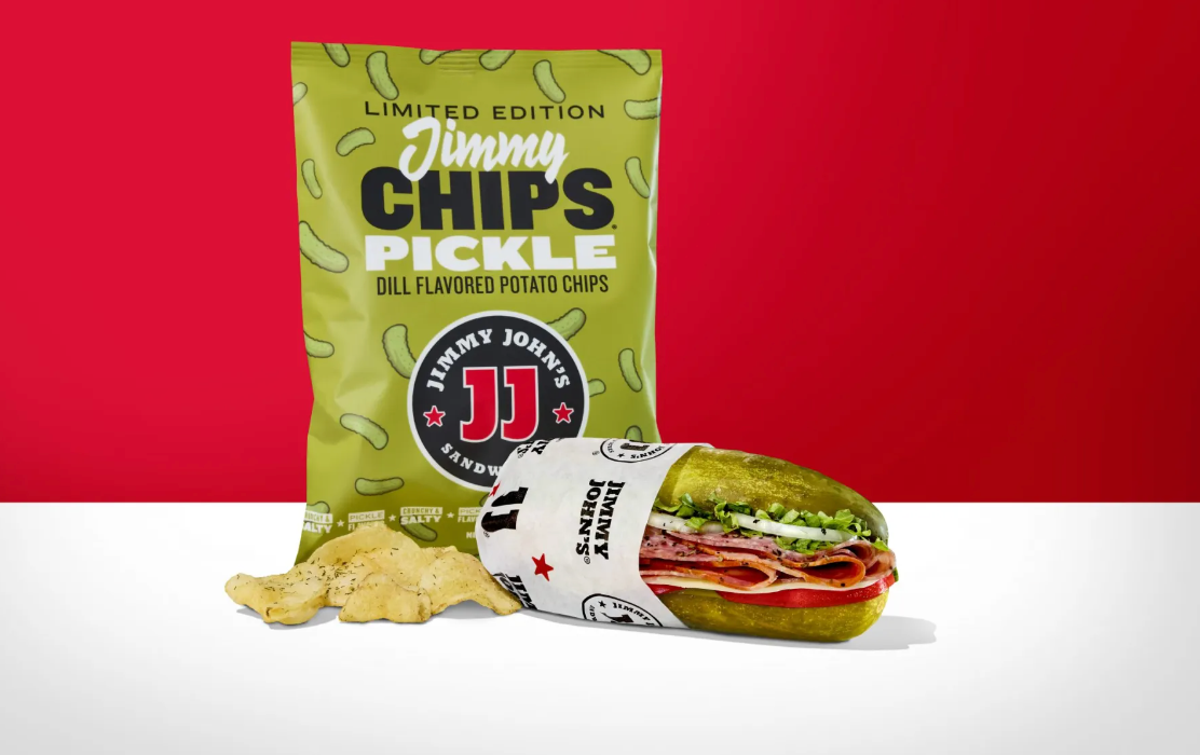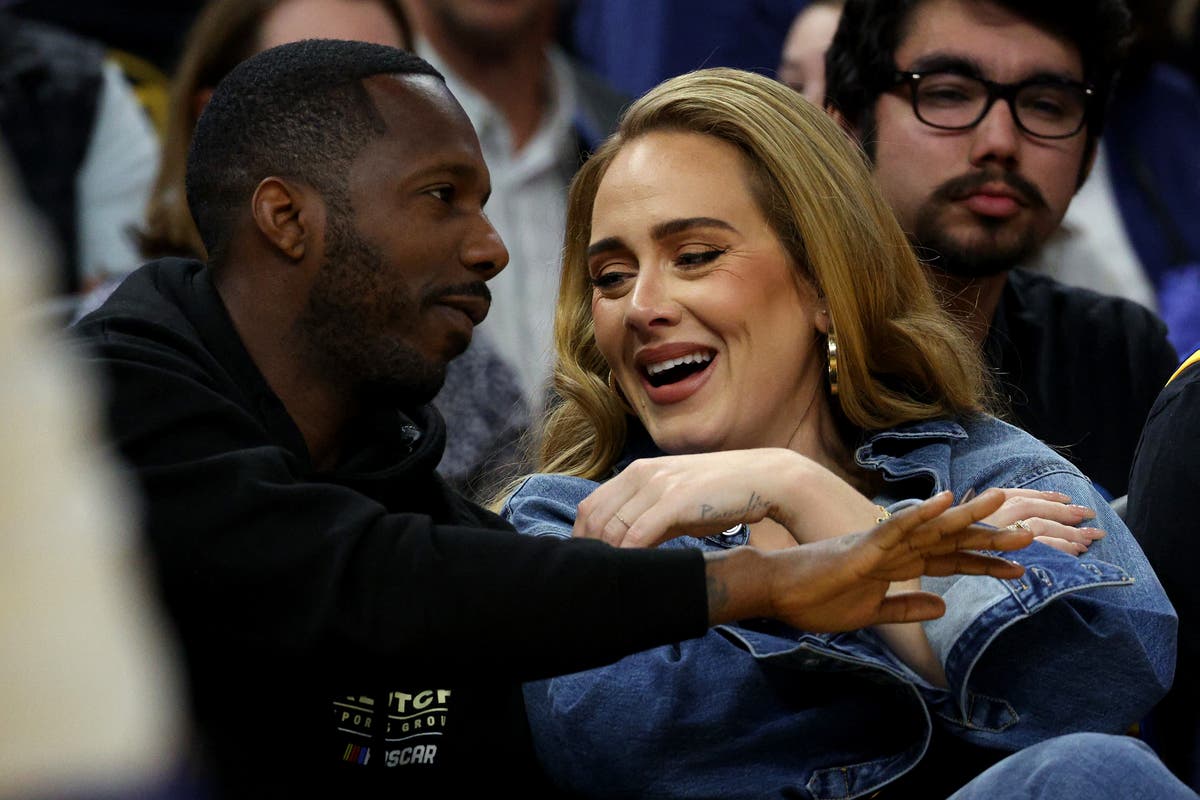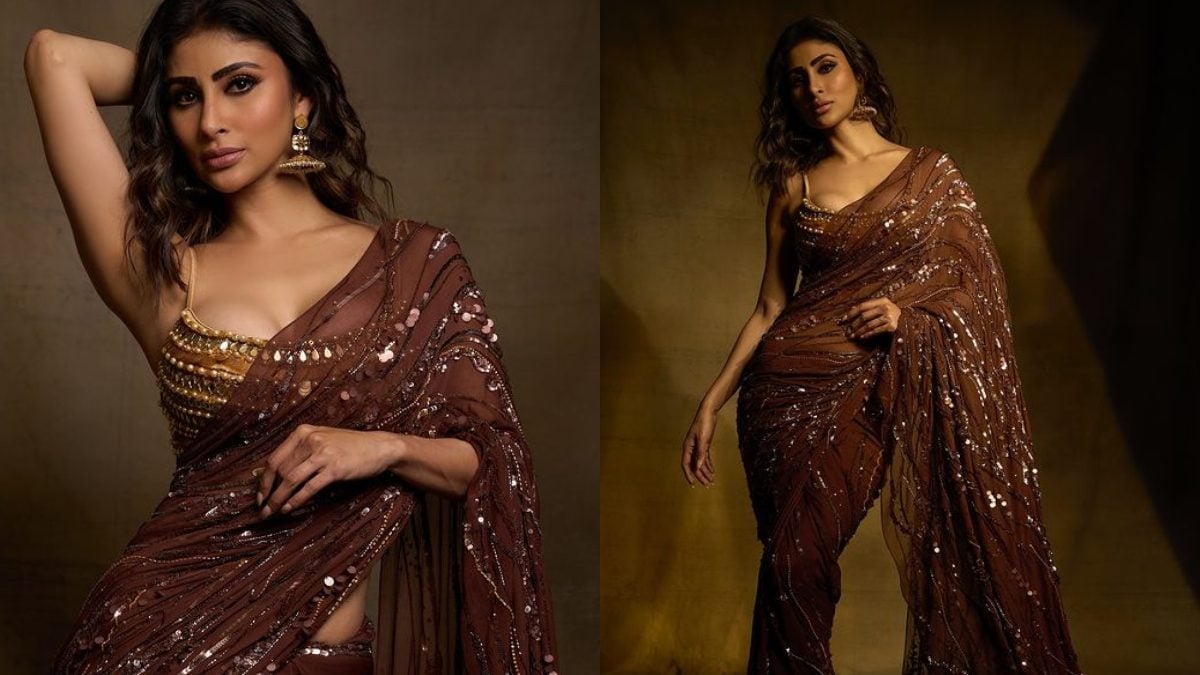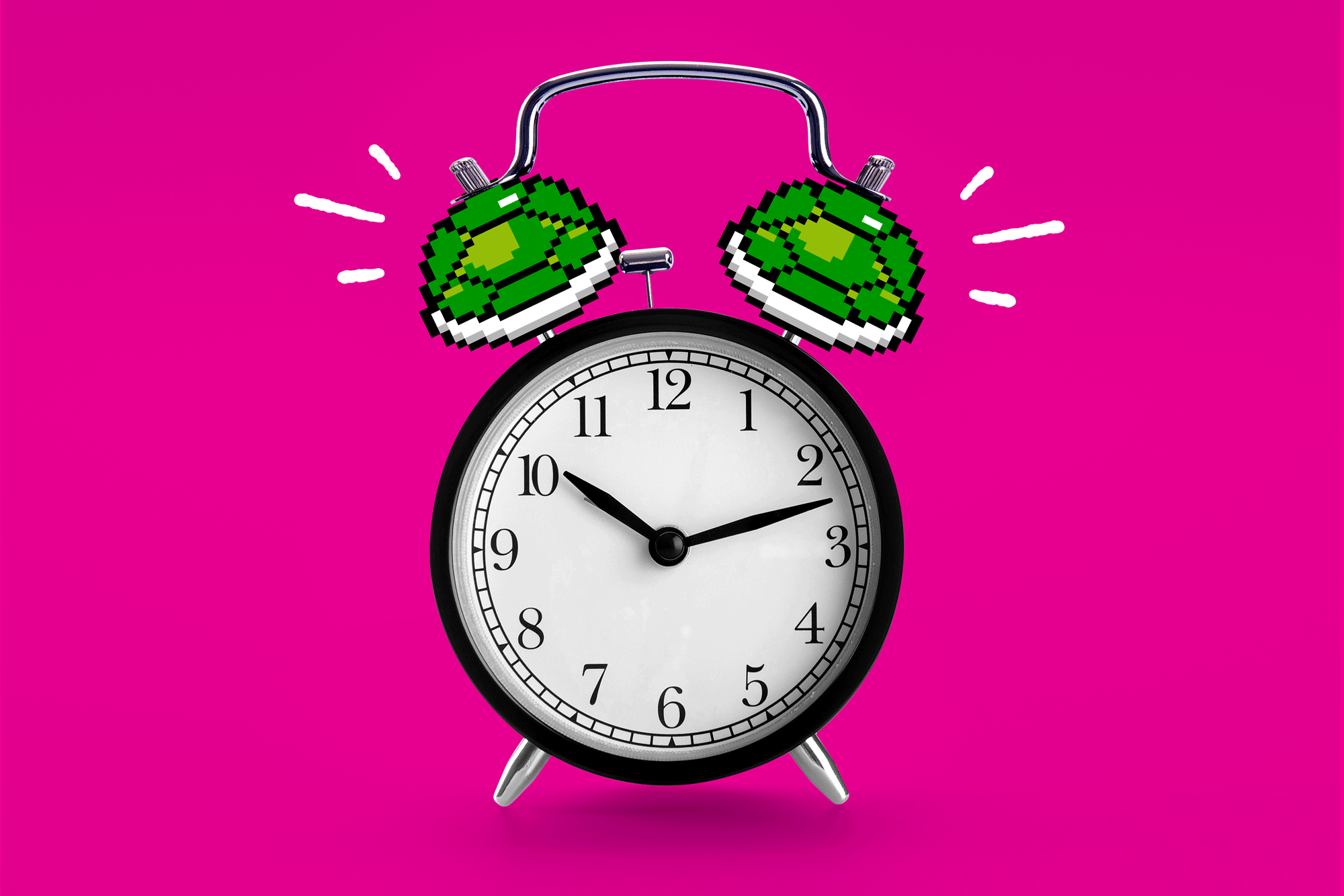When Tiger Woods arrived on the final day of the 2019 Masters, it felt like the sports world had entered a time machine. The 43-year-old golfer, 11 years removed from winning his last major tournament, was battling a series of devastating injuries and a whole new generation of competition, but with every precision shot he reminded the world of what he once was.
Most important, perhaps more than any aspect of his game, was the fact that Woods looked almost exactly the same as he did in his other four victories at Augusta, the last of which came in 2005.
As he walked down the tree-lined runway, his arms and chest were more muscular than when he was 20, with pants tailored to be a little tighter, but the uniform was still his uniform. On top of his head was a black cap with a white Nike logo. Her pants, belt, and shoes were all black. And his shirt, of course, was red.
“It goes back to my mother,” Mr. Woods is quoted in “Never Settle,” a book by ESPN reporter Marty Smith. “My mom says my power color is red.”
When Woods managed to win what would be his last Masters title, at least until now, it inspired hope that his days as a dominant golfer were not over. But a car accident in 2021 cut short that comeback, leaving him three major titles shy of equaling Jack Nicklaus’ record of 18.
The reality that he has now entered a decidedly different phase of his life and career – one in which he is more of a golf mentor to his son Charlie than an active golfer – was brought home, emphatically, this week when Woods ended its 27-year relationship with Nike. That relationship, which dated back to 1997, months before his first Masters victory, had begun with a $40 million bet by Nike on a prodigy who many predicted, quite rightly, would be the person who would revolutionize The golf.
Throughout his years with Nike, Woods experimented with various styles, on and off the field, and often sported his own TW logo, rather than the company’s signature logo. But on Sundays, especially at the Masters, the uniform was the uniform.
1997
In his first professional appearance at Augusta (he had played the Masters twice as an amateur), Woods became the youngest champion in the tournament’s history. In his Sports of The Times column, Dave Anderson asked a series of questions about the young golfer’s future. Among them:
“Will his income, particularly his $40 million contract with Nike, extinguish the flame of his competitive desire?”
(It did not.)
2001
Unlike in 1997, when he took the Masters title, Woods faced some competition on the final day of the 2001 tournament, needing to hold off David Duval and Phil Mickelson to win. And wearing a slightly darker shade of red, he did just that, capturing his fourth consecutive major title.
2002
With his third Masters victory in a six-year period, Woods had become so dominant that writers and opponents struggled to say anything about the moment, because they were so focused on what his achievements might mean for his future. The victory came so quickly after his 2001 victory that photos of him from the two tournaments are almost indistinguishable.
2005
Woods had some difficulties heading into 2005, at least by his lofty standards, and his fourth Masters victory almost eluded him on the final day. His eventual victory turned out to be satisfying in a whole new way. Going back to a brighter shade of red and swapping a polo for a collarless Dri-Fit shirt, he and his game looked refreshed.
2019
In what was instantly considered one of the greatest comebacks in sports history, Woods’ improbable victory at the 2019 Masters was set in motion with a series of events on the final day’s 12th hole that included, among other things, a devastating glare from Mr. Woods, who was dressed like it was 2005 and played like it was 1997.
“It was much more than a hole of golf,” Bill Pennington wrote of Mr. Woods’ performance on the 12th hole. “It was a psychological drama, the instant a former champion regained his dominance, and the kind of pivotal moment that helps rewrite the history of a sport.
Tiger was, at least briefly, Tiger again. And his Nike uniform, as he had done on so many other great days in his career, reflected that point perfectly.

